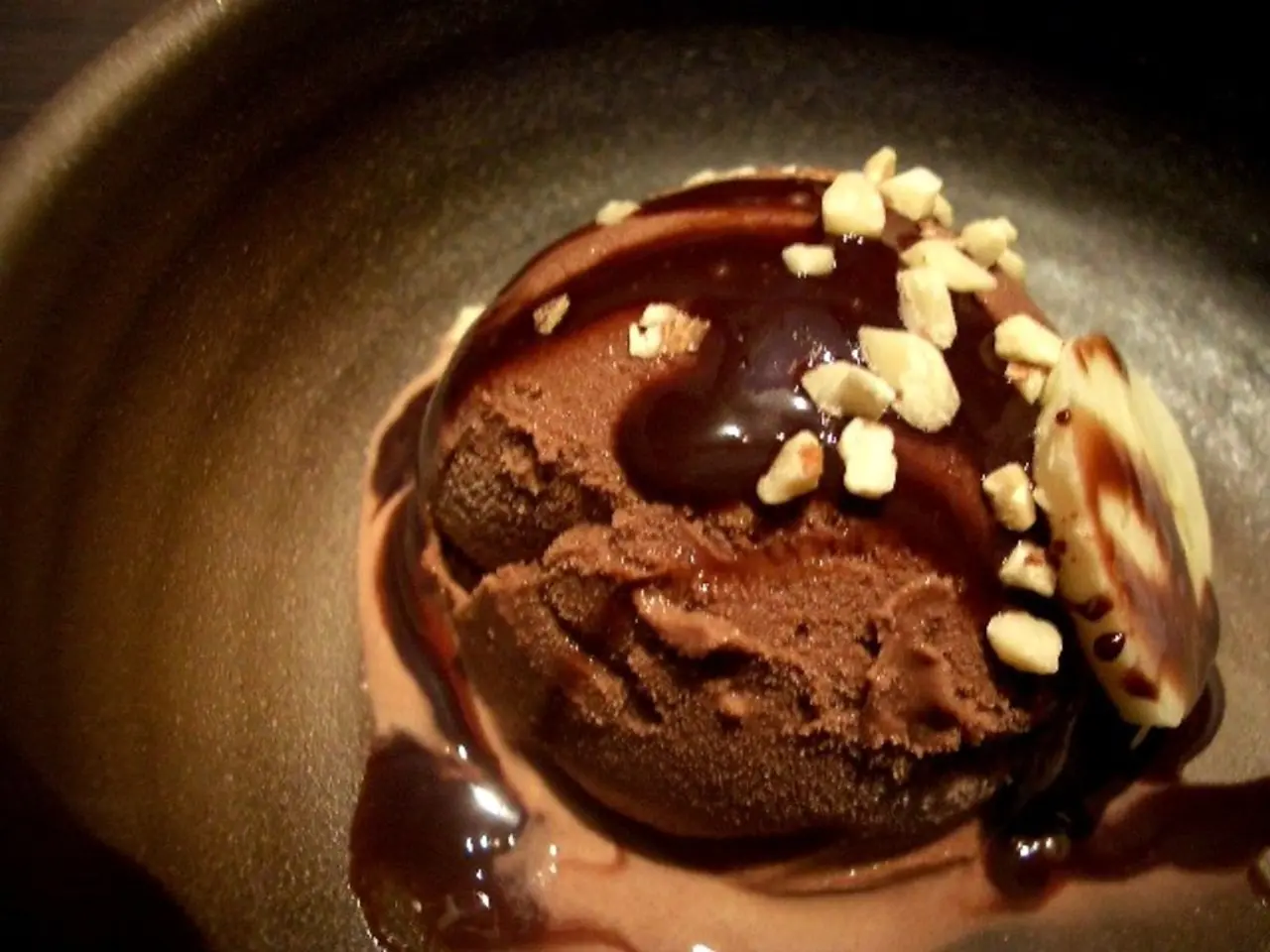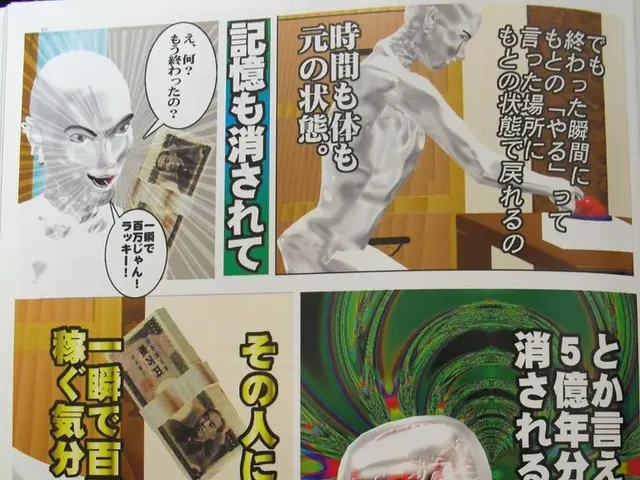Physicists Discover Geometric Link in Black Hole Behavior
Physicists from Dibrugarh University have published a groundbreaking study on arXiv, exploring the behaviour of charged static and rotating black holes in modified gravity theories. The research, titled 'Restricted Phase Space Thermodynamics of Charged Static and Charged Rotating Black Holes in Gravity', delves into the universal aspects of black hole behaviour using Restricted Phase Space Thermodynamics (RPST).
The team, specialising in gravitational theory and black hole thermodynamics, applied RPST to black holes within f(R) gravity, a modified gravity theory. They demonstrated a precise correspondence between curvature singularities in the geometrothermodynamics scalar curvature and divergences in specific heat capacity. This geometric link reveals how black hole criticality is connected to geometric properties.
The study maintains a fixed cosmological constant and introduces a central charge, enabling a consistent interpretation of black hole mass as internal energy. The researchers found characteristics of both first and second-order phase transitions, indicated by non-monotonic curves and swallow-tail structures. This work contributes to understanding how black holes behave when gravity deviates from Einstein's general relativity, focusing on modifications involving the Ricci scalar.
The research, accessible at https://arxiv.org/abs/2509.21146, showcases the potential of RPST in capturing universal aspects of black hole behaviour. It paves the way for further exploration into black hole criticality and phase transitions in modified gravity scenarios.
Read also:
- Deadly addiction: strategies for smoking cessation to live longer
- Magnesium-Rich Beverages: Origins, Advantages, and Potential Hazards
- Chinese Rare-Earth Mining Endangers the Mekong River's Integrity
- Deteriorating munitions are submerged in the Baltic Sea, and Germany aims to retrieve them before it's too late.







